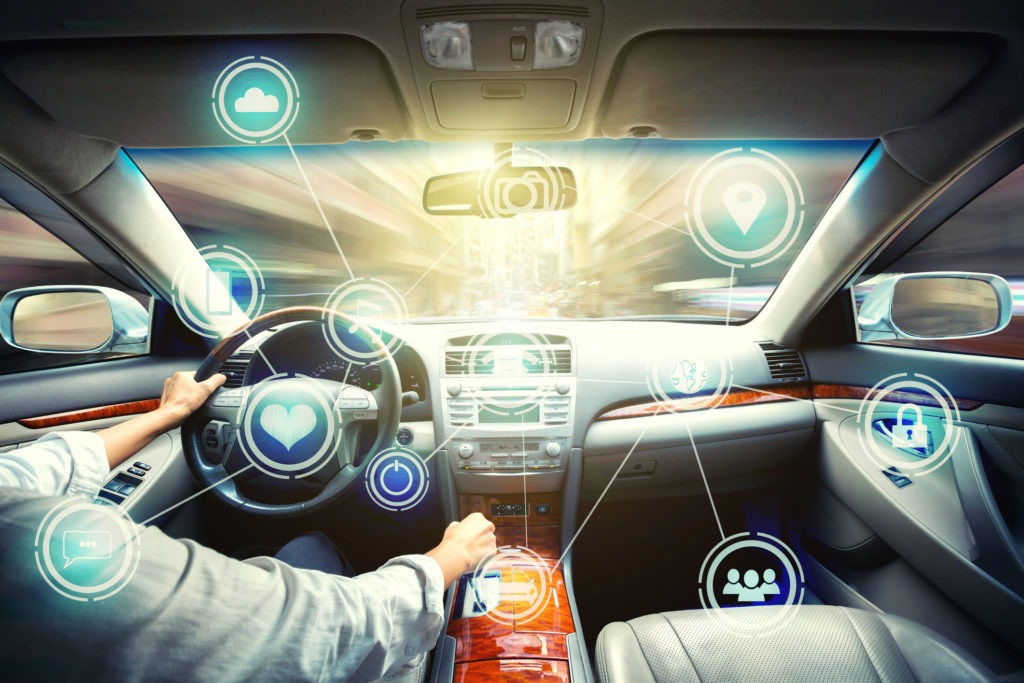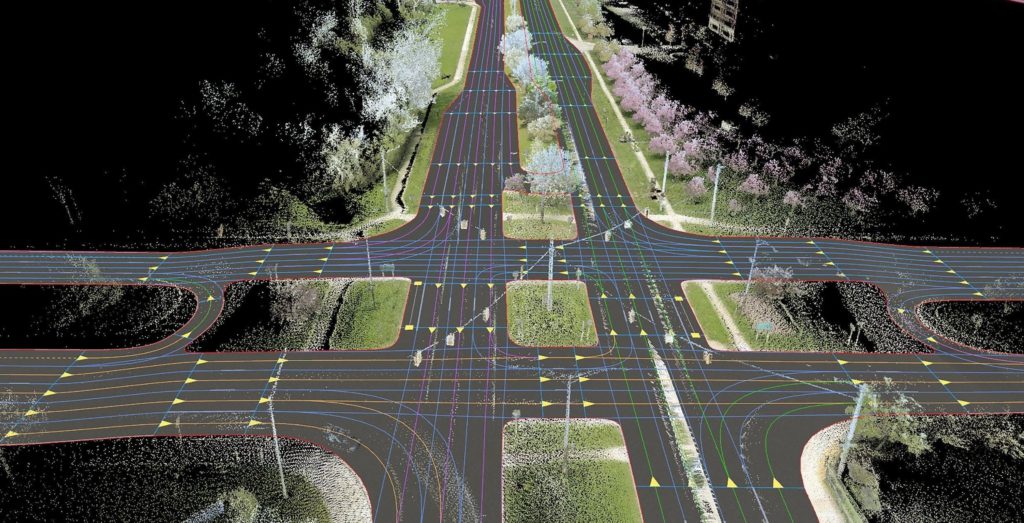Daimler uses car-to-X technology for pothole detection
16 August 2021

Daimler has added new functionality to its car-to-X communication systems, allowing vehicles to share information about road hazards.
New C-Class and S-Class models, as well as the electric EQS, now have the ability to detect potholes and speed bumps. Suppose the chassis-control unit registers such an event, and the car-to-X communication service is activated. In that case, the information is sent to the Mercedes-Benz Cloud in real time via the mobile-phone network, together with positional data.
These hazards can cause safety issues, especially if drivers notice them too late to avoid or reduce speed. There is also a risk of damage to tyres and the suspension system. Therefore, the new addition to the service is aimed at keeping drivers safe and vehicles working.
Displaying hazards
Car-to-X communication is an example of the benefits of connected technology. Using the system, vehicles can communicate with each other, sending relevant data from driver to driver, keeping them updated on hazards, traffic conditions, diversions and more.
This information is communicated through the vehicle display. In the case of the latest update from Mercedes-Benz, passenger cars in the vicinity are informed, and events are displayed with icons on the navigation map. About 10 seconds before the relevant lane section is reached, an audible warning is given, and the icon is visually highlighted.
The carmaker developed the new car-to-X functions completely in-house. The pothole detection system was tested at the Immendingen Test and Technology Centre (PTZ), among other locations. More than 30 different test and trial tracks were available to Daimler over an area of 520 hectares, including comfort tracks with bumps and potholes of all kinds.
New-generation C-Class and S-Class models and the EQS can detect potholes when a certain threshold value is reached during sudden suspension compression and rebound. This also occurs at the rear axle after the front axle with a certain time delay. A similar algorithm is used to detect speed bumps: in this case detection is via the compression and rebound sequence.
Increasing fleet communication
Daimler states that Mercedes-Benz passenger cars produced from 2016 onwards are able to receive warning information. In total, that equates to over three million vehicles worldwide, communicating about safety hazards between each other when possible. Prerequisites are a Mercedes me account as well as activation and online availability of the ‘car-to-X Communication’ service.
In these vehicles, warnings are given with the familiar voice output ‘Traffic event ahead’. The audible warning in the new C-Class, S-Class and EQS is ‘Look out, pothole!’ or ‘Attention, speed bump’. The new alerts are now available in selected markets worldwide and in all 36 languages recognised by the infotainment system.
Another car-to-X function provided by Mercedes-Benz uses information from ‘Crosswind Assist’. If this assistance system becomes active in the event of a strong crosswind, and supports the driver with targeted braking or steering interventions, the Mercedes-Benz Cloud is also notified. Drivers following behind can therefore be warned of gusts.
Mercedes-Benz is following in the footsteps of Audi, with what could be deemed ‘local-hazard reporting’. The carmaker highlighted the use of ‘swarm data’ to provide drivers with hazard information earlier this year. Both car-to-X systems are examples of how connected vehicles can improve the consumer’s driving experience, not just through offers, services, and data gathering, but by constantly reacting and updating to changes in road conditions.

